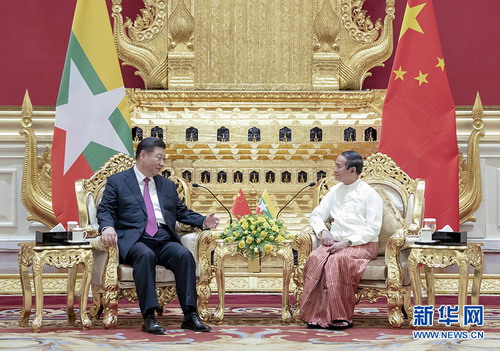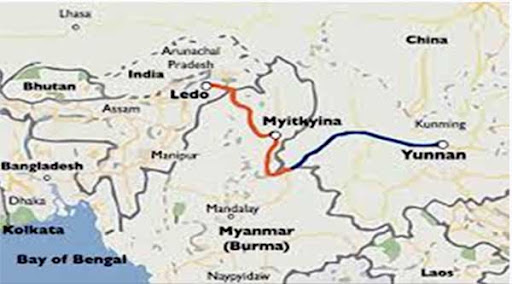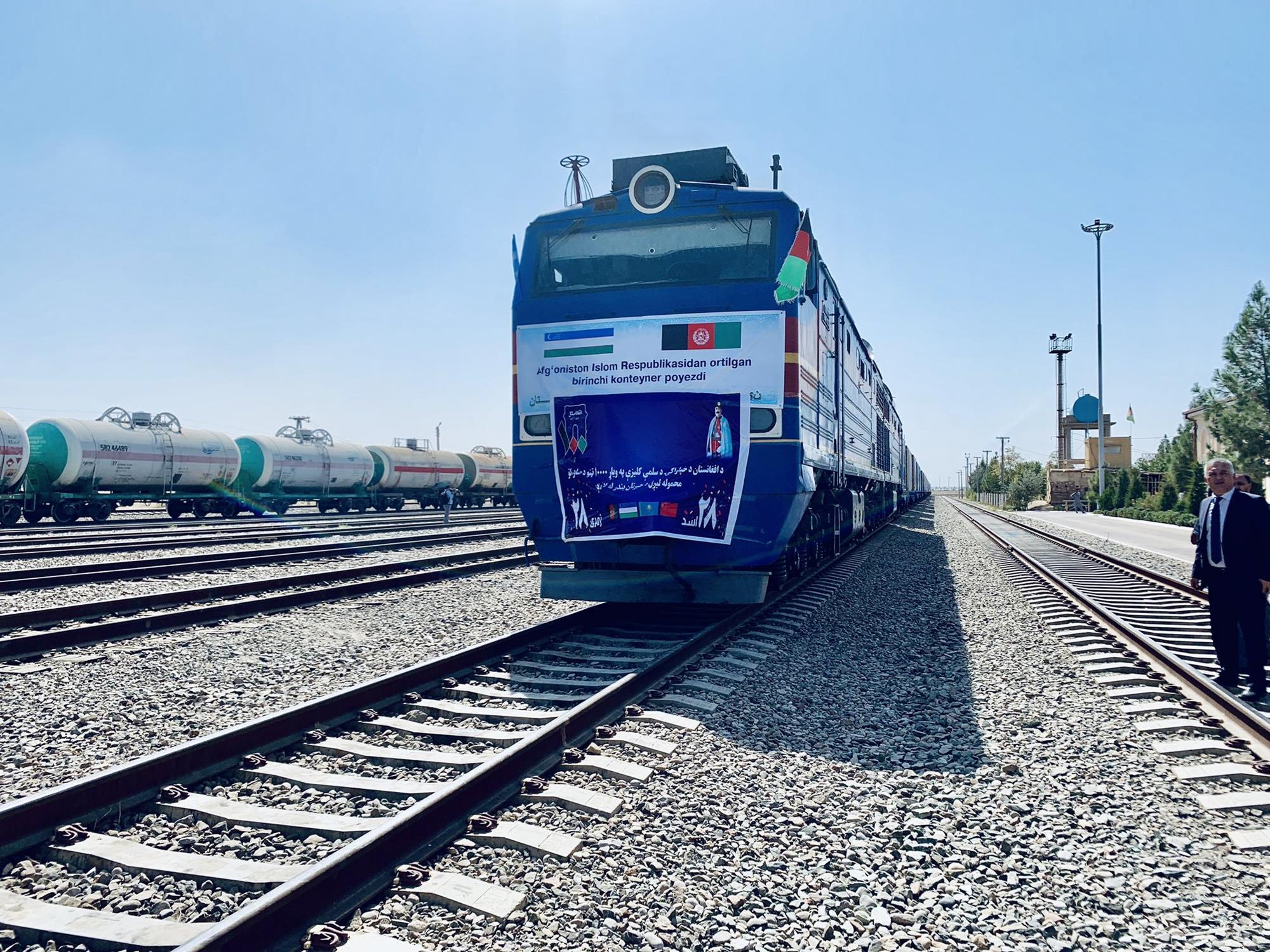Chinese manoeuvring in Myanmar and Afghanistan can undermine Indo-US interests in Indo-Pacific region
In a development that could have a serious detrimental impact on the Indo-Pacific strategy of the US and India, China is opening land routes to reach the Bay of Bengal and Arabian sea. Land routes in Myanmar and Kabul are far-reaching steps. Eminent political analyst Kumar Sanjay Singh foresees the possible drastic geopolitical impact of these manoeuvrings, in the Bay of Bengal.
![In a development that could have a serious detrimental impact on the Indo-Pacific strategy of the US and India, China is opening land routes to reach the Bay of Bengal and Arabian sea. Land routes in Myanmar and Kabul are far-reaching steps. Eminent political analyst Kumar Sanjay Singh foresees the possible drastic geopolitical impact of these manoeuvrings, in the Bay of Bengal. IN MYANMAR, CHINA HAS OPENED A RAIL LINE, that stretches from Chengdu, the capital of Sichuan Province, to Lincang, […]](https://www.theworldsikhnews.com/wp-content/uploads/2021/09/China-Myanmar-Railway-line-Courtesy-International-Railway-Journal-360x202.jpg)
IN MYANMAR, CHINA HAS OPENED A RAIL LINE, that stretches from Chengdu, the capital of Sichuan Province, to Lincang, a prefecture-level city in China’s Yunnan province opposite Chin Shwe Haw, a border trade town in Myanmar’s northeastern Shan State.
The rail line will enable China to trans-ship cargo from Singapore Port via Myanmar. Cargo will be shipped from Singapore Port to Yangon Port. From there it will be transported to Chin Shwe Haw in the Kokang Self-Administered Zone by road, and then by rail from Lincang to Chengdu. The route is the first to link Western China with the Indian Ocean. This will significantly reduce the time needed to import cargo to landlocked Yunnan Province. The route will go through Mandalay, Lashio and Hsenwi on the Myanmar side.
For India, these developments acquire a greater significance since, with direct access to the Bay of Bengal and the Arabian sea, Chinese attempts to encircle India acquires an unprecedented potency.

China’s intention to make inroads into the Bay of Bengal which became clearer with President Xi Jinping’s recent visit to Myanmar on 17 and 18 January 2020, has the potential to drastically alter regional geopolitics in the Bay of Bengal.

Kabul has begun construction of a $5 million road in the Pamir mountainous region to connect with China through a land route for the first time. The project that was started under the now-ousted regime has not been impacted adversely by the regime change. Even the Taliban leadership wishes for a speedy conclusion of the project. Its completion will enable Beijing’s design to invest in Afghanistan. The road will allow Beijing to export raw materials from untapped Afghan mines for its increasing domestic consumption.

The direct land route to Afghanistan will be a decisive step for initiating the Belt and Road Initiative in Afghanistan. Together with ports in Gwadar and Djibouti, BRI in Afghanistan will provide significant strategic access to China in the Arabian sea.
These developments are designed to achieve two strategic objectives. First, these are significant steps towards achieving China’s string of pearl strategy. By consolidating its position in the Bay of Bengal and Arabian sea, China would be able to monitor the Indian Ocean from a position of strength.
Secondly, access to the Bay of Bengal and Arabian sea through land route will sidestep the Indo-US strategy of keeping the Indo-Pacific open and free from Chinese domination, through building sufficient naval deterrent at the Malacca Strait–widely considered as the indispensable link between the Indian Ocean and South China, especially with regard to international trade.
The chasm that is expected to emerge between Afghanistan and the West will provide an opportunity for China to step in and get entrenched.
For India, these developments acquire a greater significance since, with direct access to the Bay of Bengal and the Arabian sea, Chinese attempts to encircle India acquires an unprecedented potency.
Against this backdrop, political developments within Myanmar and Afghanistan acquire a unique significance both for the US and India. China has acquired traction in Myanmar since the coup. It needs to be remembered that under Aung San Suu Kyi, Myanmar had initiated the process to align with the West, thereby diminishing Chinese dominance over Myanmar.
These developments are designed to achieve two strategic objectives. First, these are significant steps towards achieving China’s string of pearl strategy. By consolidating its position in the Bay of Bengal and Arabian sea, China would be able to monitor the Indian Ocean from a position of strength.
Similarly, the overthrow of Ghani’s regime and the return of the Taliban in Afghanistan has diminished US hegemony over Afghanistan. The chasm that is expected to emerge between Afghanistan and the West will provide an opportunity for China to step in and get entrenched.
Any strategy to check the spread of Chinese influence in the Indo-Pacific region will be inadequate and incomplete if it rests primarily on exerting control over the Malacca Strait. Any meaningful check on Chinese expansion in the Indo-Pacific must also include processes to counteract Chinese hegemony in Afghanistan and Myanmar.

2 thoughts on “Chinese manoeuvring in Myanmar and Afghanistan can undermine Indo-US interests in Indo-Pacific region”